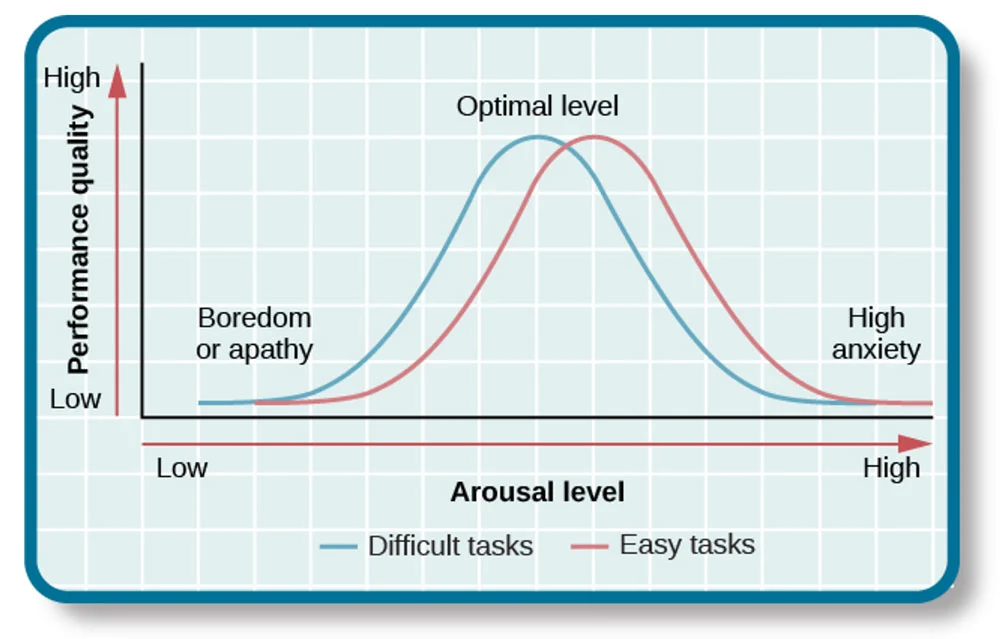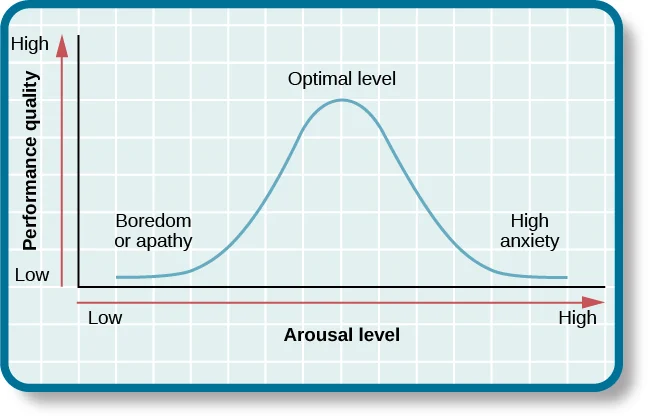Are You Helping—or Harming? The Hidden Cost of Caregiver Stress
Discover a research-backed emotional and spiritual health checklist designed as a professional caregiver stress assessment for therapists, and spiritual care providers. Learn how to assess your caregiver stress level, prevent burnout, and stay grounded using concepts like the Yerkes-Dodson Law, limbic resonance, and neuroception. Download my free PDF tool here.
As professional caregivers, we enter emotionally charged spaces every day. We walk into grief, trauma, and uncertainty—and are expected to remain calm, present, and helpful. But what happens when our systems are overloaded? Here’s a look at some key research that can help you understand and assess your stress levels, energy, and emotional health so you can continue to do the work you love, without burning out.
Arousal Theory: Why Too Little or Too Much Stress Hurts Performance
According to arousal theory, each person has an optimal level of physiological or mental stimulation. Too little = boredom. Too much = stress. This theory was developed by Yerkes & Dodson (1908) and shows up as the classic “inverted U” stress curve:

Low arousal: disengagement, fatigue, underperformance
Moderate arousal: focused, energized, effective
High arousal: anxiety, overwhelm, burnout
Also known as the Yerkes-Dodson Law, this model helps caregivers assess whether they’re functioning at an ideal level or heading for emotional overload. Perhaps you notice this within yourself – when you don’t have enough stress going on in your life you feel bored and have low mood and struggle with motivation. Alternatively, if you have too much going on with too little support, passion or boundaries, you enter into the danger zone where it will start affecting your health and ability to stay in your work.
The Caregiver Stress Curve: A Quick Visual
Ask yourself: “Am I bored, balanced, or burning out?”
Signs You’re Here
Bored = Numb, checked out, indifferent
Balanced = Focused, calm, alert
Burning Out = Irritable, anxious, detached, exhausted
The Hidden Layer: Limbic Resonance
Here’s the thing: our brains and nervous systems don’t just respond to our stress they sync with others. Hence the ability to clash with our co-workers and contribute to a toxic work environment. We all have a part to play in keeping the spaces where we live and work healthy and happy. If you are noticing that the people closest to you are pushing you away, or you are draining their energy with your mood, you may be in the high anxiety section and not even realizing it.
Limbic resonance describes how people emotionally attune to one another through body language, tone, and expression. It’s why you feel soothed by a calm therapist or on edge around someone who’s tense.
Caregiver stress impacts others because:
Your calm presence helps others regulate.
Your stress leaks, even if you don’t say a word.
Enter: Neuroception
Coined by Dr. Stephen Porges in Polyvagal Theory, neuroception is your nervous system’s unconscious scanning for safety or danger. If you’re grounded, your clients’ systems may sense: “I’m safe.” If you’re tense or depleted: “Something’s wrong.”
The magic happens when:
Your limbic resonance offers calm attunement
Their neuroception receives signals of safety
Co-regulation occurs: a moment of shared calm, trust, and healing
Quick Reset: A 3-Step Check-In for Caregiver Stress

Take 3 minutes to reset:
Name what zone you’re in: bored, balanced, or burning out?
Ground yourself: try 5 slow breaths, or a 60-second body scan.
Reconnect with your “why”: choose one small task that reflects your purpose (a kind note, a silent prayer, a pause before reacting).
Want to do an assessment on yourself to see if you can recognize your stress impact? Download my assessment here.
Why This Matters
You became a caregiver to help. But that same drive to always be needed can drain your energy and your joy. Understanding the science of stress, emotion, and connection helps you stay compassionate—without losing yourself. If you want to explore therapy for stress, reach out for a free 20 min consult.















